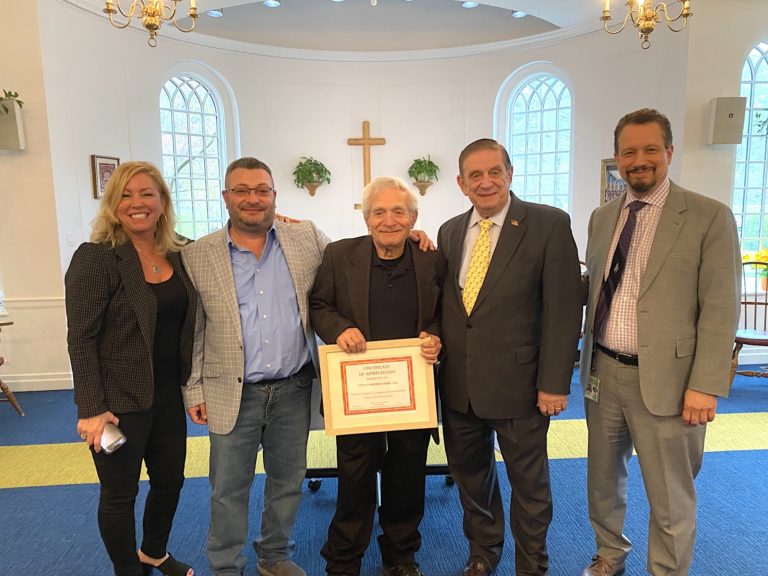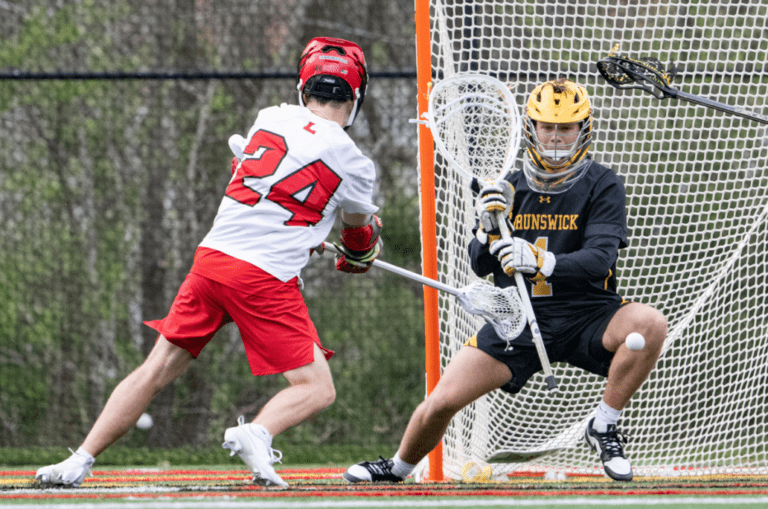By Nisha Arora, Bill Drake, Karen Fassuliotis and Harry Fisher
The end of January marks the start of budget season in the Town of Greenwich, starting with the First Selectman and the Board of Education (BOE) presenting their upcoming budgets to the Board of Estimate and Taxation (BET) Budget Committee. For fiscal year 2023-2024, a budget of $478.6 million has been proposed with roughly half attributed to town services and the other half to the BOE. In February, the 4-member Budget Committee holds public department meetings to discuss requested operating and capital budgets, culminating with the Budget Committee approving a budget, which is forwarded to the full BET by early March. The full BET then debates and passes the final budget delivering it to the Representative Town Meeting (RTM) for its approval.
The overall town budget consists of an operating budget and a capital budget. The rebuild of Central Middle School (CMS) is the largest capital request this year, representing roughly 60% of the Town’s total capital budget request. The overall projected project cost for CMS is now just over $80 million. All members of the BET, across party lines, are deeply committed to an expeditious build of this school. The BET has been unequivocal in championing this project by prioritizing and appropriating funds quickly.
However, we believe we need some revisions to the timing and scope of this project to build it faster and bring it into budget. Expediting this project by 6 to 9 months could get our kids in a new school by 2025. We have suggested the BOE investigate applying for reimbursement under the state emergency grant program. After experiencing an emergency closure of CMS last year, we can make a strong case that this rebuild is indeed an emergency. If we don’t try this strategy, the current timeline for building CMS may cost our Town more in escalation and interest than the state grant itself, which is estimated to be around 5% of the project cost.
We have also suggested that the BOE should revisit the education specifications and consider slightly reducing the scope to meet the original project budget of $70 million, which was proposed by the BOE and approved by the BET and RTM. The current BOE specifications call for a school that will accommodate up to 660 students, while the enrollment at CMS is projected to average 450 students over the next decade. Building a 45% larger school has its trade-offs – the proponents argue that enrollment is cyclical and could come back in the next 20-30 years. However, data does not support this conclusion. Schools across the United States have experienced declining enrollment due to, among other things, ongoing demographic factors. The observed declining enrollment is not a cyclical trend but rather structural. It is unlikely this structural trend will reverse.
It is also worth a deeper look into the fact that larger is not always better. In addition to being more expensive at the outset, things like running costs, ongoing maintenance, and excess energy consumption need to be considered both for their future financial burden and environmental burden. At the proposed 115,000 square feet, the new CMS would be 30-40% underutilized at a minimum for the next decade and likely for longer. The enlarged carbon footprint of an underutilized building will undermine efforts to build a sustainable school. A more prudent and compromising approach is to build 20-25% larger and allow for an expansion possibility should enrollment increase above what is currently expected. Instead of having major portions of a building sitting idle for ten to fifteen years, why not allow for a future expansion using technology and other building and educational advances we can’t possibly know will exist in ten or fifteen years.
As elected members of the BET, we owe it to our residents to be both thorough and thoughtful in our analysis as we ask questions that go beyond the surface level and explore deeper questions of lasting value and impact. We take the responsibility to find compromise and build consensus very seriously.
For CMS, we must be open to building the school faster for the benefit of the children and families waiting. A slight reduction in the footprint of the current plan will also help the project stay within budget.
These changes will serve our community well.
In conversations with the community, these ideas have overwhelming support – our community wants this school construction finished as soon as possible while building a more sustainable school. Saving each household roughly $1000 is an added bonus – money that can be used elsewhere more effectively. We look forward to working with our colleagues on the BET and the BOE to find the right balance for our CMS families and our entire town.
The authors are members of the BET. Nisha Arora serves as a member of the BET Budget Committee, is the BET Liaison to the Board of Education, and the BET Representative on the CMS Building Committee.




